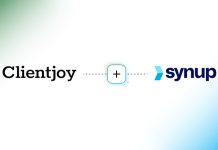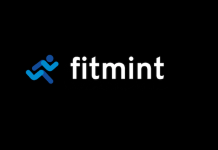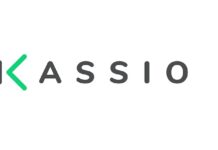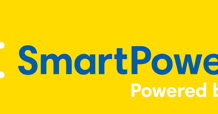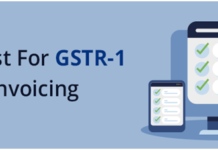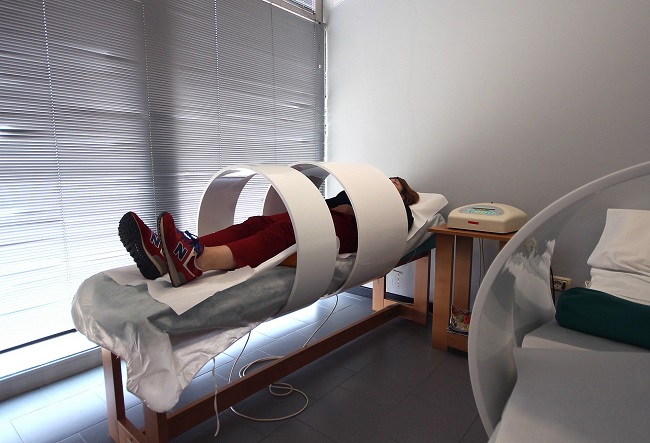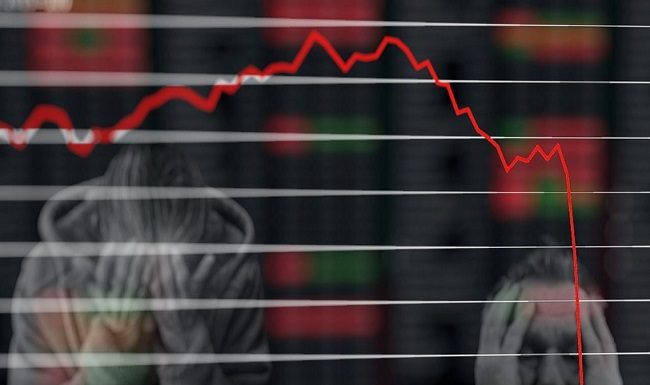Physical rehab in India is a large $7B market, comprising three major segments:
- Restorative care (~USD 5 billion market): recovery from critical health conditions, mostly after a complex surgery or procedure
- Geriatric care (~USD 5 billion market): medical care to optimize functioning in elderly people, covering both services and products
- Pain Relief (USD 3-4 billion market): physiotherapy-led care in non-critical conditions such as arthritis, injuries and lifestyle related pains
In-line with WHO’s definition of rehab as a set of interventions designed to optimize functioning and reduce disability in individuals with health conditions in interaction with their environment.
As per Redseer estimates, 35-40% of the physical rehab spend in India is concentrated in the top 10 cities. The report projects that this market will grow at a CAGR of 15.5% in the next 5 years to reach USD 35 Billion by FY2028, primarily led by the increase in rehab adoption – lack of awareness, sparse availability and limited capabilities of rehab providers are currently restricting the usage of rehab, despite the strong need in certain health conditions.
Physical Rehab – An attractive business proposition
The report notes that in addition to being a large opportunity, physical rehab has an attractive business potential. This is indicated by the healthy gross margins of rehab providers and impressive consumer lifetime value across the major segments. For example, in case of restorative rehab (which is ~28% of the market), a consumer typically uses it once in a lifetime, but spends USD 650-700 (~INR 50k) for a rehab treatment lasting 12 days. Further, the restorative rehab provider makes 50-55% gross margins of this spend by consumers.
The Growing Need for Rehab Tech
It is further highlighted that majority of rehab is currently provided by hospitals and local unorganized players – hospitals dominate the critical restorative rehab segment and local providers lead the non-critical geriatric & pain-relief segments. However, both of them aren’t able to aptly serve the consumer needs. Despite providing a standard service, consumers find rehab at hospitals to be expensive and lacking a recovery-focused environment. And, while local players are more affordable, they lack the basic quality & professionalism in service and have limited ability to address complex situations. This has created a strong need for specialized players in the rehab market, who solve these problems, enabled by a clear focus on creating high quality outcomes for consumers. “Elders are consuming more technology, are using tech devices, buying online, and want more safety, more healthcare, and more engagement than ever before”, says Mr. Saumyajit Roy, CEO, Emoha.
Thus, consumers’ latent needs related to the ease of availing rehab (e.g. booking, customization, care plan management, remote monitoring etc.) have also become relevant in the recent times. Specialized players possess the ability to address these needs via use of technology, which provides them with a further edge above the traditional hospitals & local rehab providers.
Rehab is rapidly evolving and today transition care centers and out of hospital care providers can address a wide range of patient requirements from basic to complex or critical care. Rehab tech providers are adopting digital and virtual care technologies and integrating these with physical care set ups to provide high quality services in this space, says Vivek Srivastava, Co-Founder and CEO, HCAH India.
The report also classifies the specialized players based on the extent of rehab segment coverage, at-home and at-center rehab capabilities and the degree of tech enablement. “Specialized rehab providers with wide segment coverage have access to a larger TAM and potential to create a stronger brand in the rehab space among both consumers and doctors. Also, having center-based rehab capability is a strong moat, given certain key health conditions (especially in restorative care), require patients to undergo rehab at centers. Moreover, players with a stronger tech enablement are better placed to thrive in the market, as they can address the consumers’ latent needs, which will become crucial in the future years.”, said Kushal Bhatnagar, Engagement Manager at Redseer. The report concludes that in order to scale in this market, specialized players need to have strong control over training & onboarding of their medical staff, as they hold the key to the quality of consumers’ experience. Further, it is crucial to win doctors’ trust and develop perpetual relationship with them. Moreover, it is recommended that these players target the right health conditions, where specialized play can create a meaningful difference over the traditional rehab providers (e.g. conditions that require a longer rehab or demand complex supervision). All of this boils down to the strength of healthcare expertise that these players are able to develop.






